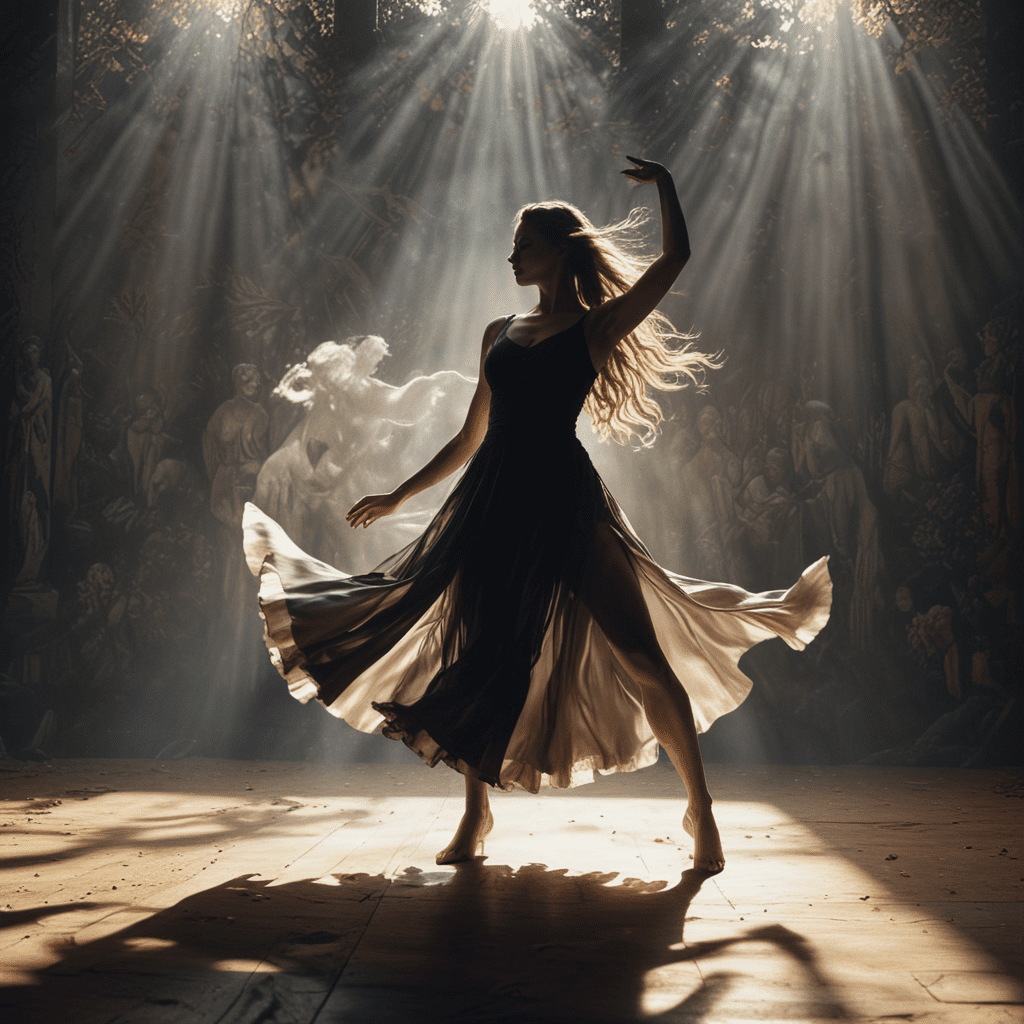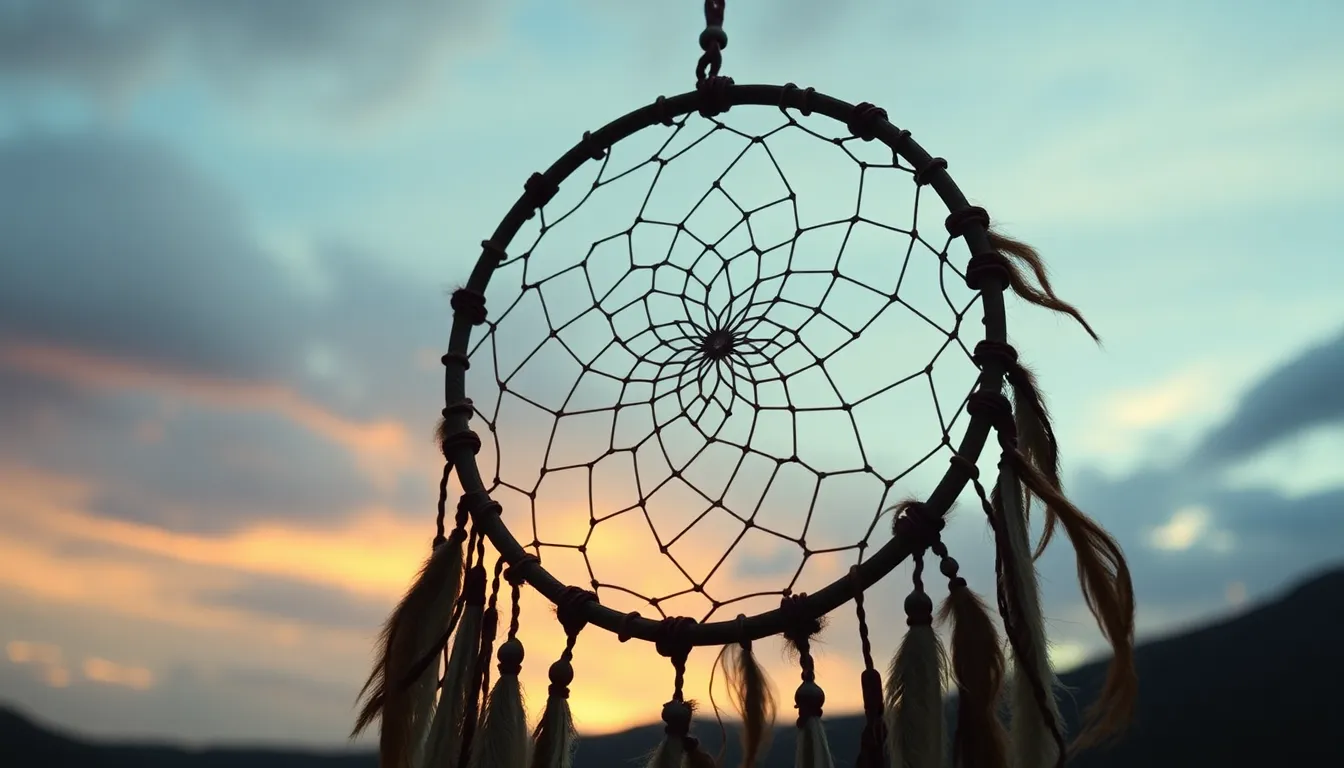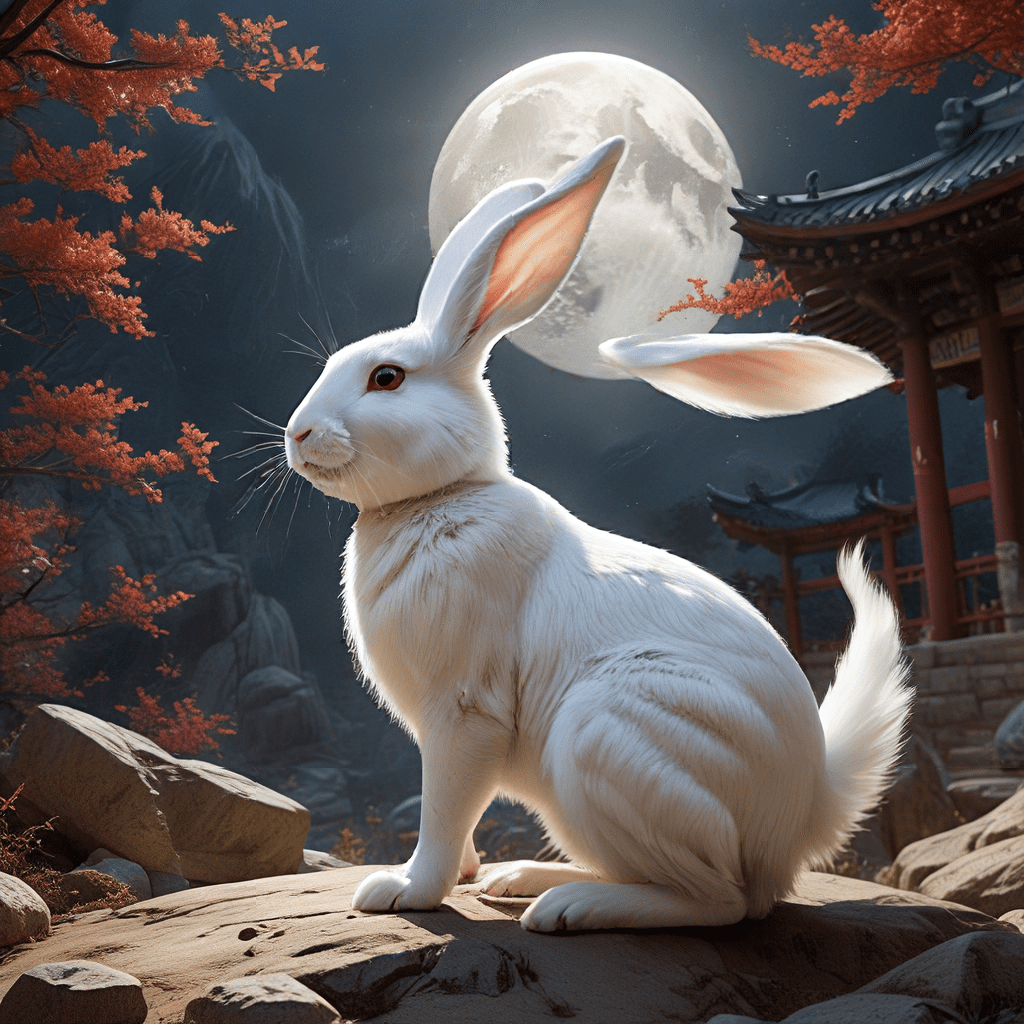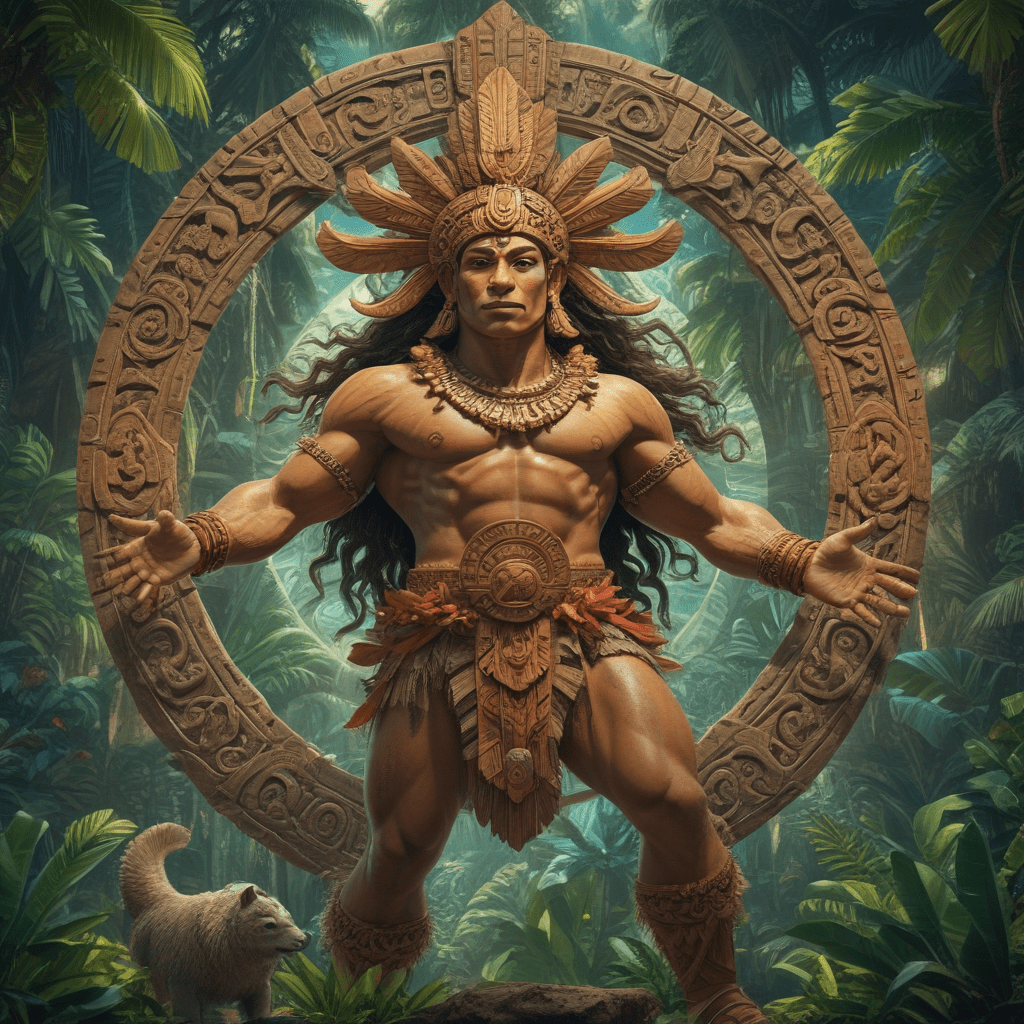Finnish Mythology: The Dance of Shadows and Light
1. Ancient Beliefs and Cosmological Origins
Finnish mythology, a captivating tapestry of ancient beliefs and traditions, offers a glimpse into the vibrant imagination of the Finnish people. This rich mythological landscape embodies the interplay between light and darkness, the living and the dead, and the divine and the mundane. Its origins can be traced back to prehistoric times, drawing upon animistic beliefs that imbued the natural world with spirits and deities. These beliefs shaped the foundation of Finnish mythology, where nature played a central role and the cosmos was perceived as a living, breathing entity.
2. The Realm of Spirits: Tuonela and Pohjola
In the Finnish mythological framework, the realm of spirits, known as Tuonela, holds a significant position. This enigmatic land, often depicted as a realm of mist and shadows, is believed to be the afterlife destination for the dead. While Tuonela can be characterized as a place of darkness and gloom, Finnish mythology also recognizes the existence of Pohjola, a shadowy realm in the north ruled by the enigmatic Louhi. Pohjola stands as a symbol of cold, isolation, and the unknown, further enriching the tapestry of Finnish mythology's spiritual dimensions.
3. The Pantheon of Deities: Ukko, Luonnotar, Väinämöinen
Finnish mythology boasts a vibrant pantheon of deities, each embodying specific aspects of the natural world and human experience. Ukko, the supreme god of thunder and weather, wields the power of lightning and commands the skies. Luonnotar, the goddess of nature, personifies the untamed forces of the wilderness and serves as a guardian of the natural order. Väinämöinen, a central figure in the Kalevala, an epic poem that forms the cornerstone of Finnish mythology, is a legendary sage and musician who possesses wisdom, knowledge, and the power of creation.
4. The Kalevala: Epic Legends and Magical Incantations
The Kalevala, a compilation of ancient Finnish oral traditions, stands as a monumental work of epic poetry in Finnish mythology. This epic tapestry, composed of over 22,000 verses, recounts the adventures of Väinämöinen and other mythical heroes as they navigate the challenges and wonders of the mythological landscape. Woven into the fabric of the Kalevala are magical incantations, known as loitsus, which harness the power of language to heal, protect, and influence the course of events.
5. The Importance of Nature and Natural Forces
Nature holds a profound significance in Finnish mythology, permeating every aspect of the mythological landscape. From the towering forests to the vast lakes, the natural world is revered as a sacred and powerful entity. The Finnish people believed that nature possessed a spirit, and that respecting and honoring the natural forces was essential for maintaining harmony and balance. This deep connection to nature is reflected in numerous mythological tales, where deities, spirits, and mythical creatures are closely intertwined with the elements and the rhythms of the natural world.
6. Supernatural Creatures: Giants, Elves, and Forest Spirits
The Finnish mythological landscape is inhabited by a myriad of supernatural creatures that add depth and wonder to the narrative. Among these creatures are the giants, who possess immense strength and often serve as antagonists in tales of heroism and adventure. Elves, known as haltijat, are mischievous and playful beings that dwell in the heart of forests, embodying the untamed spirit of nature. The forests are also home to forest spirits, protectors of the wilderness and guardians of ancient wisdom. These supernatural beings enrich the tapestry of Finnish mythology, adding an element of magic and otherworldly enchantment.
7. The Role of Shamans and Magic in the Spiritual World
Shamans, also known as noita, held a prominent role in Finnish mythology and spiritual practices. These individuals possessed the ability to communicate with the spirit world, heal the sick, and unravel the mysteries of the supernatural. Through rituals, incantations, and the use of sacred objects, shamans served as intermediaries between the human world and the realms of spirits and deities. Their knowledge and abilities were deeply respected, and they played a vital role in maintaining the delicate balance between the living and the dead.
8. The Symbolism of Fire, Water, and Air
Fire, water, and air hold profound symbolic significance in Finnish mythology. Fire represents transformation, purification, and the spark of life. It is associated with the hearth, the center of the home, and the forging of sacred objects. Water, on the other hand, symbolizes fluidity, renewal, and the power of healing. It is revered as a life-giving force, essential for the well-being of both the physical and spiritual worlds. Air, the breath of life, represents the connection between the heavens and the earth. It carries the whispers of spirits and the songs of birds, facilitating communication and the flow of energy throughout the mythological landscape.
9. The Cycle of Death and Rebirth
Death and rebirth are integral themes woven into the fabric of Finnish mythology. The concept of cyclical renewal is reflected in the mythology's portrayal of the afterlife. Upon death, souls embark on a journey to Tuonela, the realm of spirits. Here, they dwell until their time of rebirth, when they return to the living world in a new form, often as an animal or plant. This cycle of death and rebirth underscores the belief in the continuity of life and the interconnectedness of all living beings.
10. Finnish Mythology in Modern Culture and Folklore
Finnish mythology has profoundly influenced the cultural and artistic landscape of Finland, leaving a lasting legacy that continues to inspire and resonate in modern times. Its stories, characters, and symbols have been immortalized in art, literature, music, and film. The Kalevala, in particular, has served as a source of national pride, shaping the Finnish identity and fostering a deep connection to the nation's mythological heritage. Furthermore, Finnish mythology remains interwoven with the country's folklore and traditions, continuing to enrich the lives of the Finnish people and captivate the imaginations of audiences worldwide.
Frequently Asked Questions
What is the most important deity in Finnish mythology?
Ukko, the god of thunder and weather, is considered the supreme deity in Finnish mythology.
Who is the hero figure in the Kalevala?
Väinämöinen is a central hero figure in the Kalevala, an epic poem that recounts the adventures of mythical heroes in Finnish mythology.
What is the significance of nature in Finnish mythology?
Nature holds a profound significance in Finnish mythology, with deities, spirits, and mythical creatures closely intertwined with the elements and the rhythms of the natural world.
Who were the shamans in Finnish mythology?
Shamans, known as noita, were individuals who possessed the ability to communicate with the spirit world, heal the sick, and perform rituals and incantations.
How does Finnish mythology reflect the concept of death and rebirth?
Finnish mythology portrays the afterlife as a realm of spirits where souls dwell until their time of rebirth, emphasizing the cyclical nature of life and the interconnectedness of all living beings.



